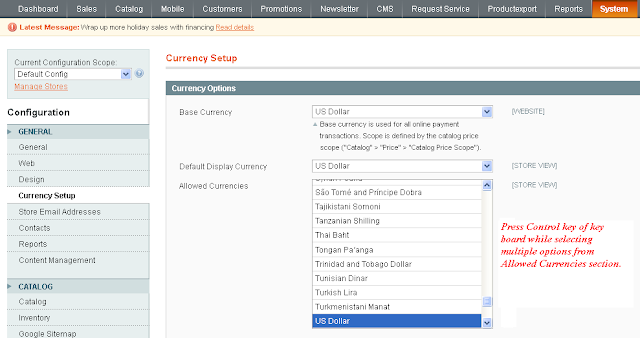First, before we get to Magento, it's important to understand that PHP has a radically different process model than Java. A PHP singleton (regardless of Magento's involvement) is a single instance of a class per HTTP Request. A PHP program isn't persistent in memory the same way a Java program is, so adjust your expectations of a "singleton" accordingly.
Next, it's important to understand that Magento is a framework built on top of PHP, using PHP, and in many cases the original Magento developers wanted to push things towards a more Java like architecture. So, you're going to see things that look familiar, are familiar, but likely differ in some major way from what you're used to because they still need to hew to PHP's version of the universe.
Magento uses a factory pattern to instantiate Helpers, Blocks, and "Model" classes. The string
core/session
is a class alias. This alias is used to lookup a class name in Magento's configuration. In short, this string is converted into path expressions that search Magento's configuration files to derive a classname, based on the context (helper, block, model) it was called in. For a longer version, see my Magento's Class Instantiation Autoload article.
The concept of a "Model" is a little fuzzy in Magento. In some cases models are used as domain, or service models. In other cases they're used as a more traditional middleware database persistence models. After working with the system for a few years, I think the safest way to think about Models is they're Magento's attempt to do away with direct class instantiation.
There's two ways to instantiate a model class.
Mage::getModel('groupname/classname');
Mage::getSingleton('groupname/classname');
The first form will get you a new class instance. The second form will get you a singleton class instance. This particular Magento abstraction allows you to create a singleton out of any Magento model class, but only if you stick to Magento's instantiation methods. That is, if you call
Mage::getSingleton('groupname/classname');
then subsequent calls to
Mage::getSingleton('groupname/classname');
will return that singleton instance. (This is implemented with a registry pattern). However, there's nothing stopping you from directly instantiating a new instance of the class with either
$o = Mage::getModel('groupname/classname');
$o = new Mage_Groupname_Model_Classname();
Which brings us to sessions. PHP's request model, like HTTP, was originally designed to be stateless. Each request comes into the system with, and only with, information from the user. As the language (and the web) moved towards being an application platform, a system that allowed information to be persisted was introduced to replace the homegrown systems that were cropping up. This system was called sessions. PHP sessions work by exposing a super global $SESSIONS array to the end-user-programmer that allow information to be stored on a per web-user basis. Sessions are implemented by setting a unique ID as a cookie on the user end, and then using that cookie as a lookup key (also standard practice for web applications)
In turn, the Magento system builds an abstraction on top of PHP's session abstraction. In Magento, you can create a "session model" that inherits from a base session class, set data members on it, and save/load those data members just as you would with a database persistence model. The difference is information is stored in the session instead of the database store. When you see
core/session
customer/session
these are two different session models, with each one storing different data. One belongs to the Mage_Core module, the other belongs to the Mage_Customer model. This systems allows modules to safely set and manipulate their own session data, without accidentally stepping on another module's toes, and provide logical class methods for manipulating that data.
Hopefully that answers the questions you asked, as well as the ones you didn't.






